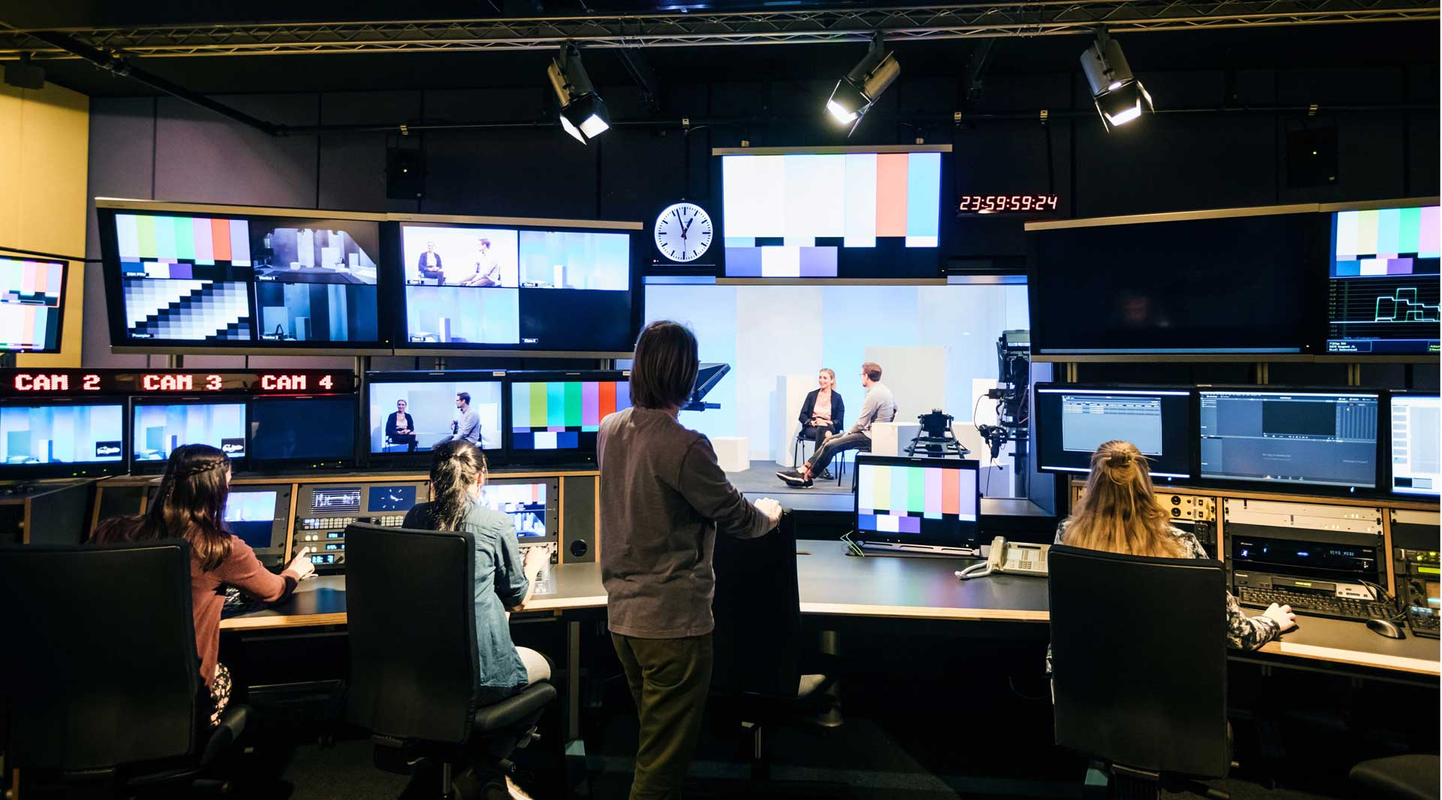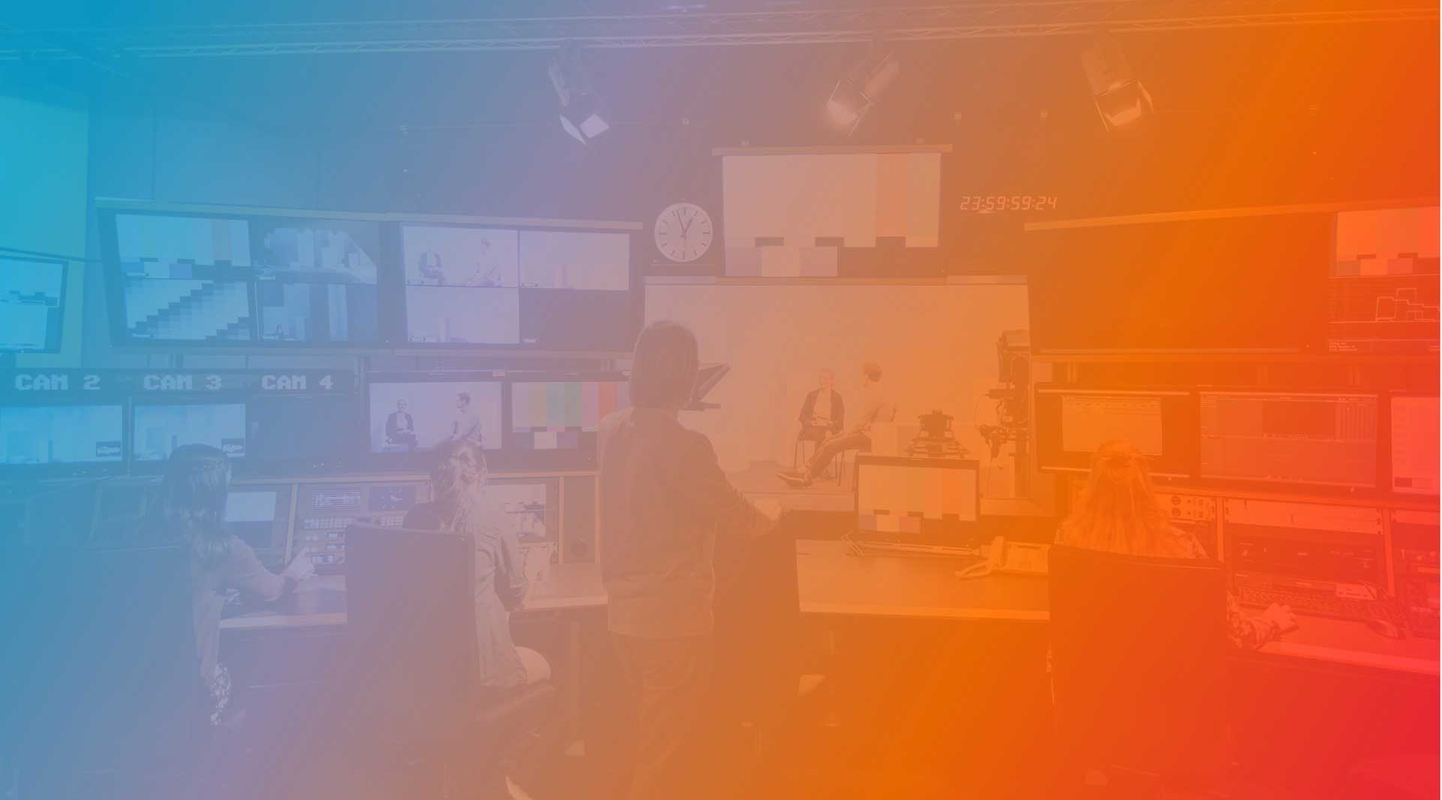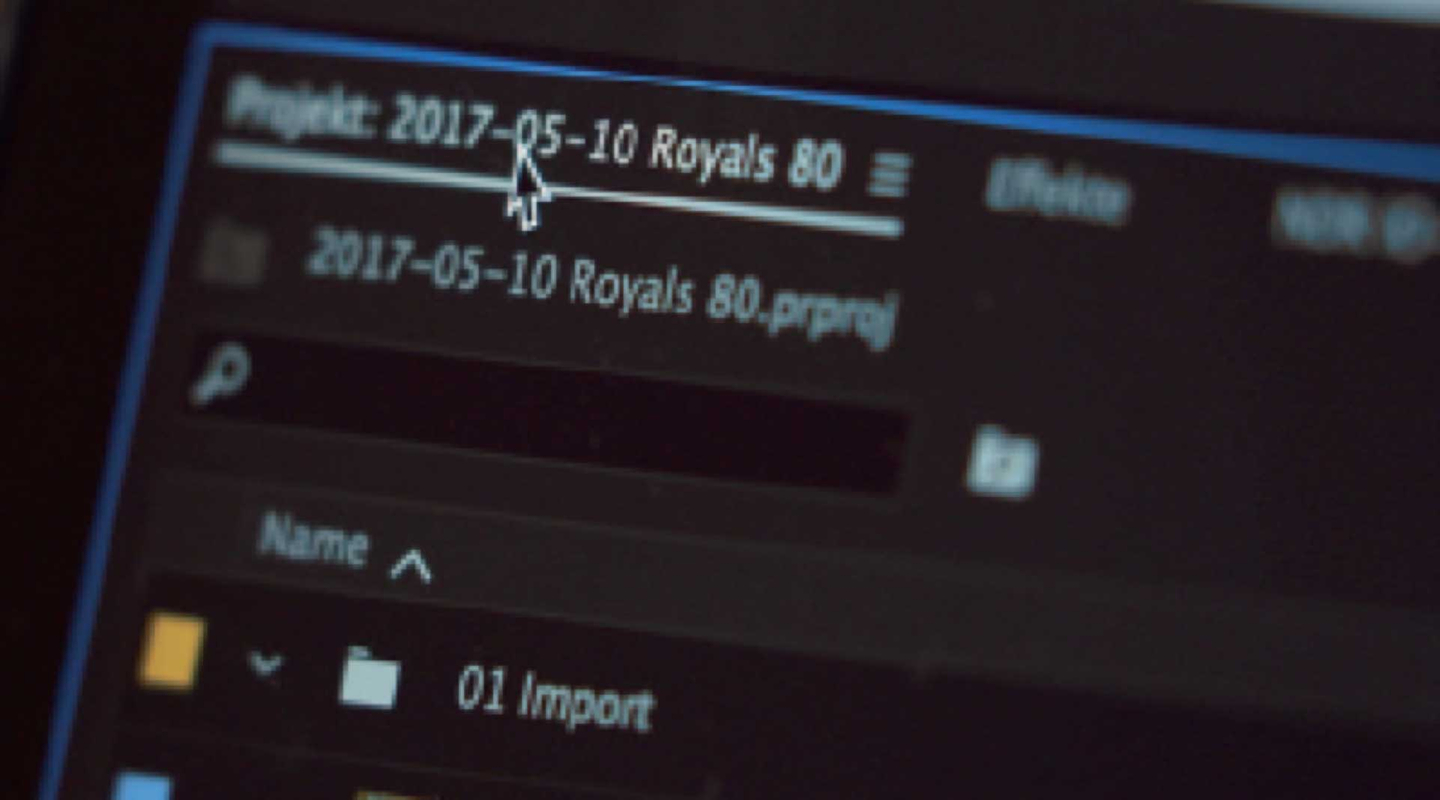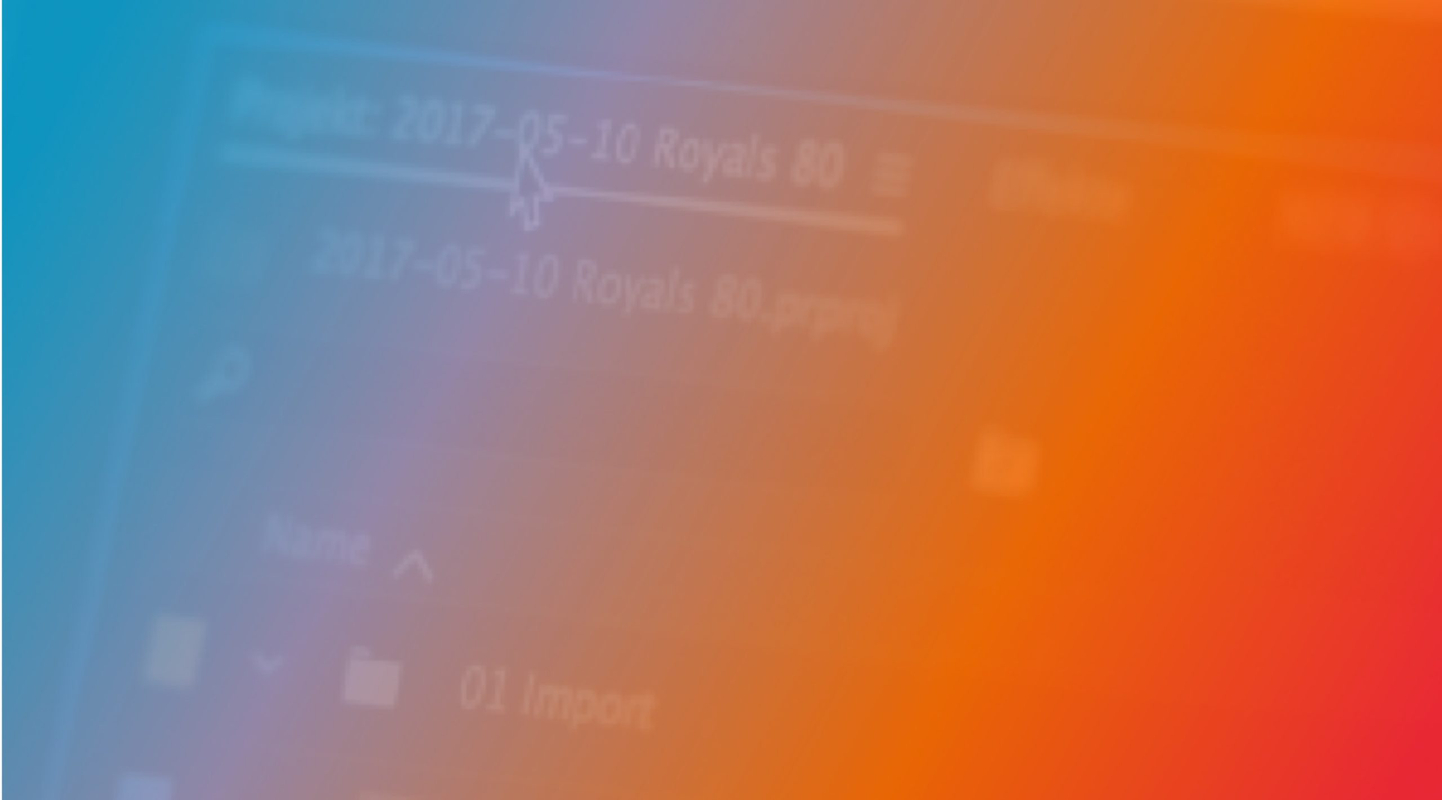Digital end-to-end workflow for NDR foreign studios
The background
Norddeutscher Rundfunk (NDR), headquartered in Hamburg, is part of ARD, a joint organisation of public service broadcasters in Germany. NDR produces for and broadcasts on TV, radio and online platforms. Within the ARD group, NDR is a leading producer of TV news programming including Tagesschau and Tagesthemen, both highly-respected news shows. In addition, NDR specialises in in-depth news reports, documentary films, political magazines and sports coverage. Finally, NDR produces a number of talk shows and cultural programmes.
The requirement
To support production of up-to-the-minute news reports across the globe, NDR has a network of overseas studios in Beijing, Tokyo, Singapore, Stockholm and London. ENG teams, correspondents, cutters, technicians and the corresponding editing workstations are stationed at each site. In late 2015, NDR decided to upgrade these studios and bring them up to a consistent technical standard. The catalyst for this decision was a switch to Adobe Premiere Pro – an editing system that was already being used extensively at NDR’s broadcasting centre. In addition to creating an automated, digital end-to-end workflow, a key objective was to establish a digital archive in each studio. A top priority was to create stable, reliable media backups, while it was also important to ensure that broadcast items could be easily retrieved in a format suitable for further editing.
The system components
NDR checked various products and systems based on the most important features that NDR required. Ultimately, the broadcaster opted for the EditShare Ingest and Storage system and Flow as production media asset management system, Sony ODA hardware based on optical disc with long-term guarantee (100 years) for the archive solution, and Adobe Premiere Pro as mentioned above. Having chosen products and systems from diverse vendors, the next challenge was to integrate these into a workflow that effectively supported the processes in place at the overseas studios. The solution needed to safeguard NDR’s high quality standards while complying with budget requirements. MoovIT is a systems partner of EditShare, Adobe and Sony and provides the necessary qualifications. Furthermore MoovIT’s team of software experts has developed HelmutFX, a modular tool that aims to provide the ‘missing link’ between these components while also performing other tasks. HelmutFX was developed as a ‘virtual coordinator for search and administrative tasks’. It is modular by design, and was conceived to allow a single piece of software to handle all post-production management tasks. It is scalable, and can be adapted to any production environment. As a result, small and mid-sized production units can work in a way that was previously only possible with a large-scale, complex and expensive workflow.
The solution
The first step of NDR’s end-to-end workflow encompasses automated ingest of all data formats in use, with simultaneous synchronisation for further processing in Premiere Pro and EditShare Flow. This is made possible thanks to a Premiere panel controlled by HelmutFX which uses presets to manage metadata, target locations on the central storage system and target codecs. HelmutFX users receive presets that correspond to their specific user profiles and the categories that have been assigned to them. In the background, HelmutFX manages projects, categories, user profiles and preferences (Premiere user settings) for the entire process. HelmutFX creates all Premiere and Flow projects, and synchronises these automatically. As part of this process, the API is triggered by Flow; consequently, the user does not need to perform any administrative maintenance tasks on the MAM system. After cutting, files are automatically formatted, transcoded and exported via the panel described above. If required, files can be exported to NDR’s in-house formats – and at the same time, files are automatically assigned to the corresponding projects in Flow. To save resources and avoid bottlenecks at the editing workstations, media files are imported and exported using the central Adobe Media Encoder (AME), rather than locally. Users can communicate with AME using watch folders, and can perform administrative tasks via a web-based interface. By way of the metadata field, the MAM client can launch archive, backup and restore processes. Files are selected in Flow, and the store/restore process is initialised using the web-based NDR-SaR interface developed by MoovIT. Metadata and proxies continue to be stored within the MAM system during archiving. High-resolution files are transferred to the ODA drive for long-term storage. The original files are tested using checksums before being deleted. If required for use, media can be retrieved and activated at any time using unique IDs. HelmutFX and ODA are administered using a single server. System availability is guaranteed at all times, thanks to a redundant server that will automatically take over if an incident or outage occurs.



